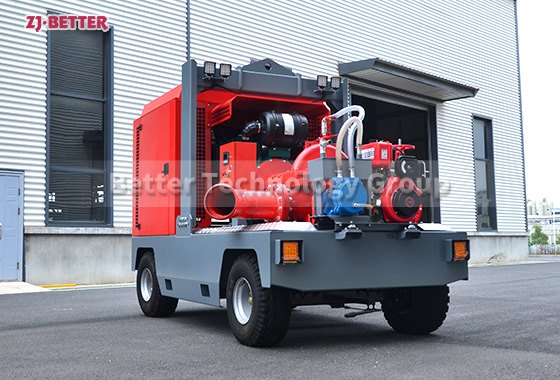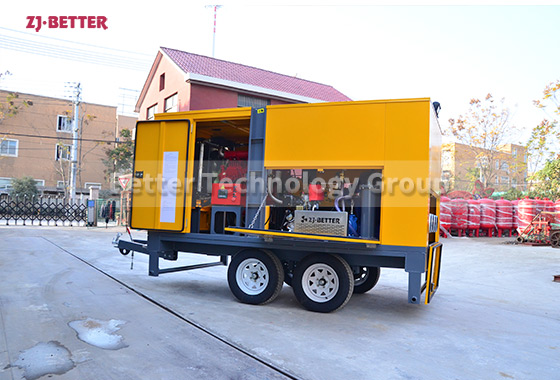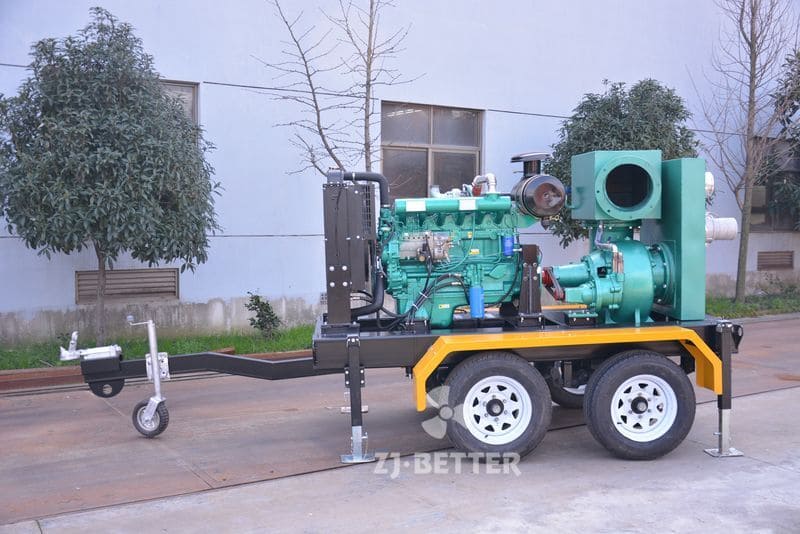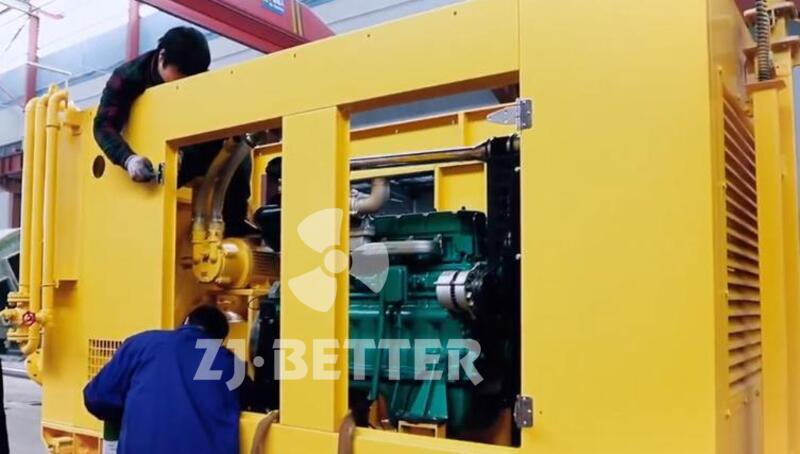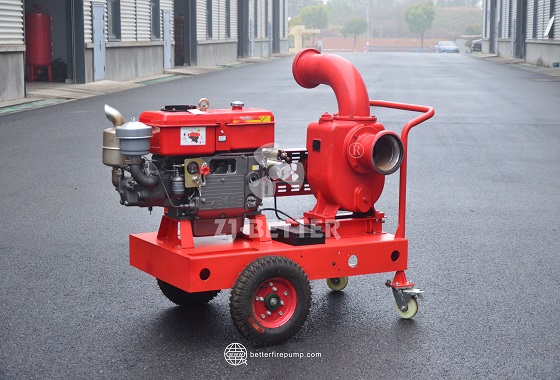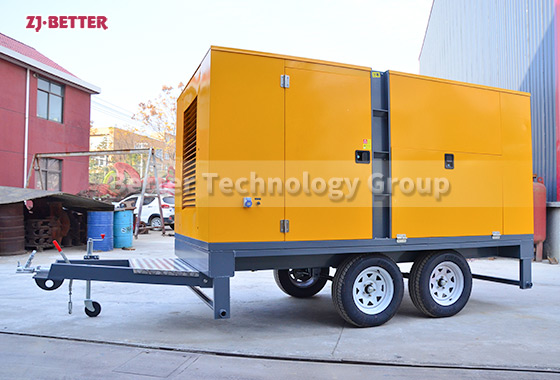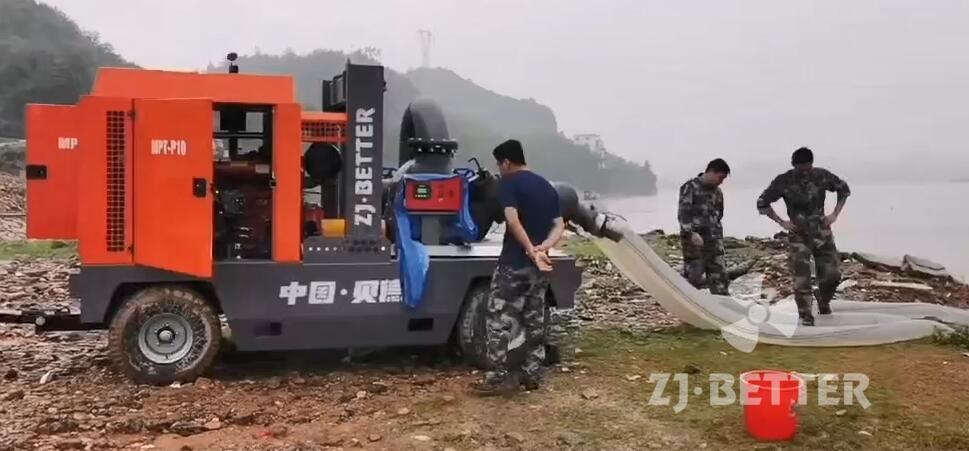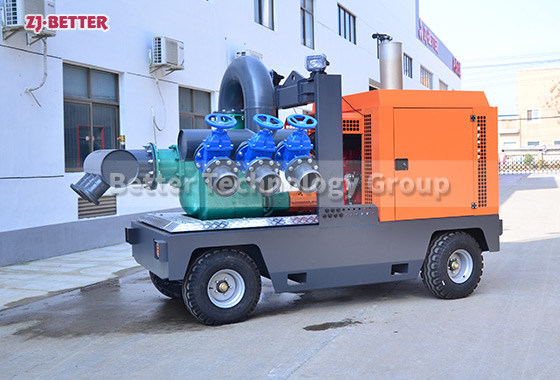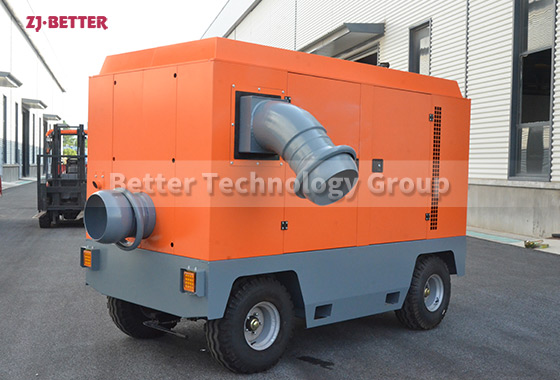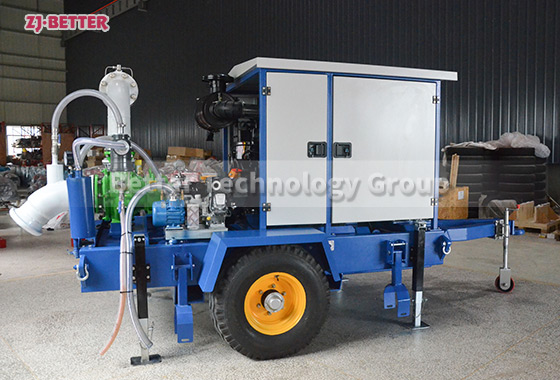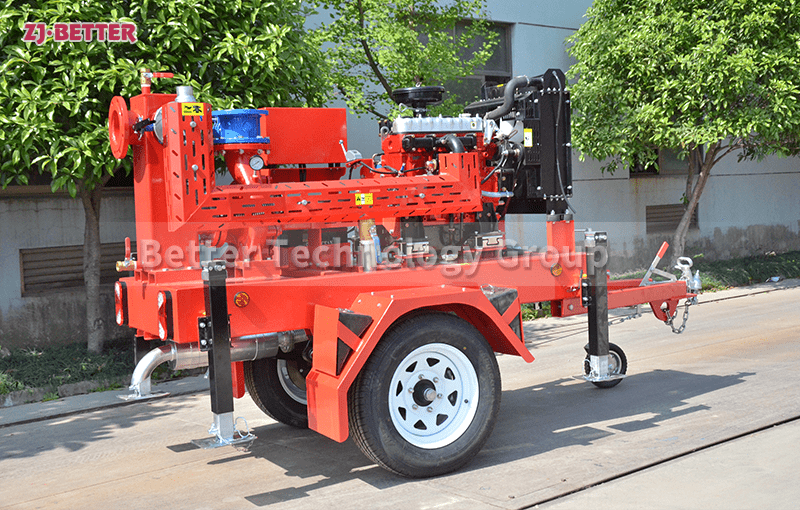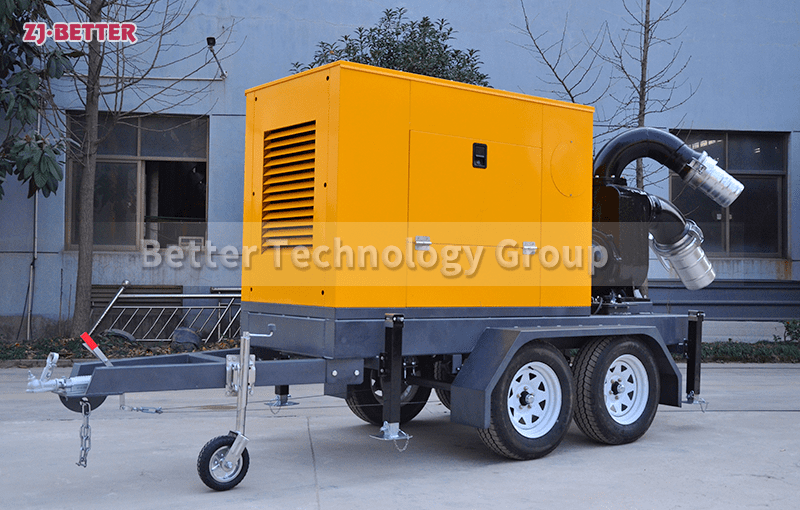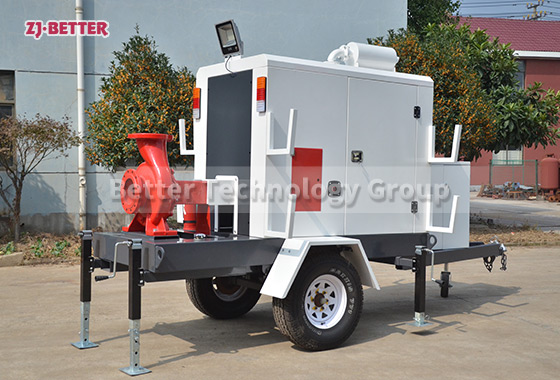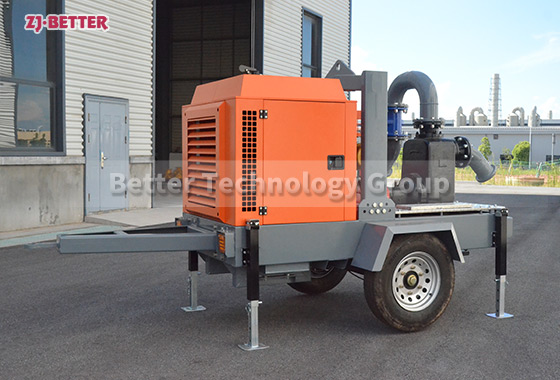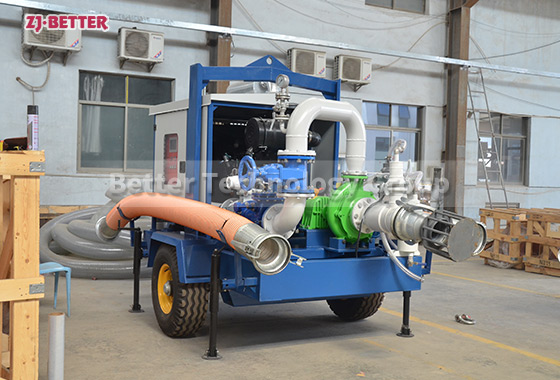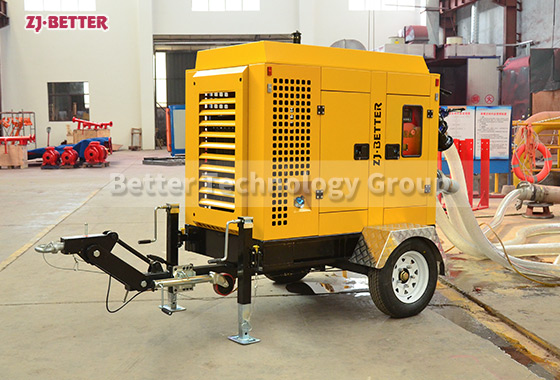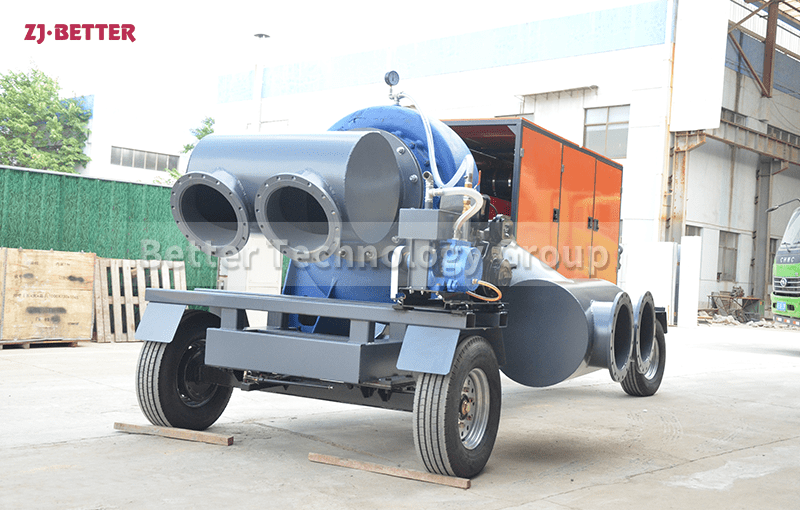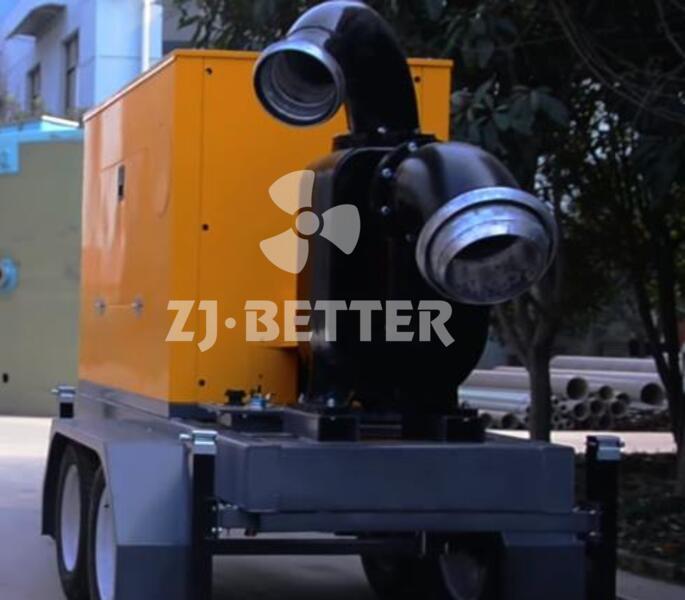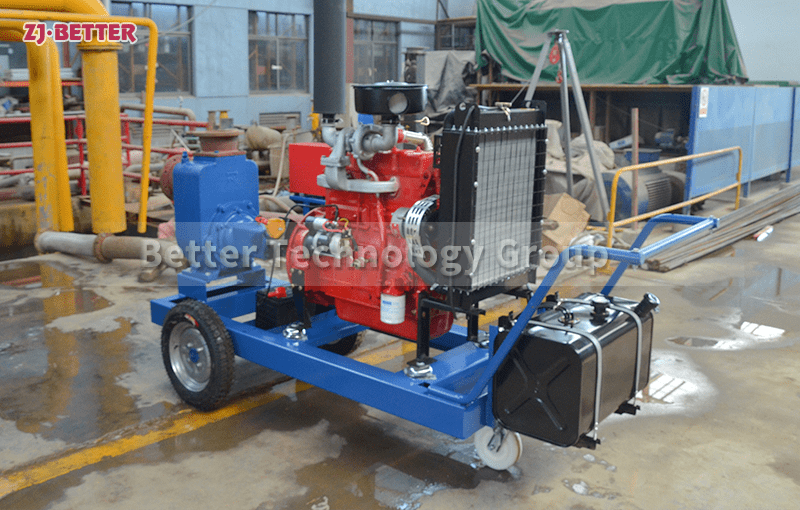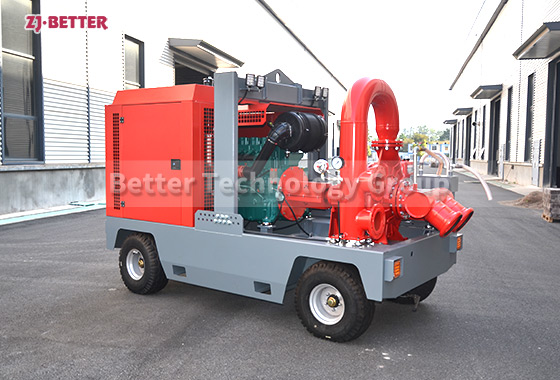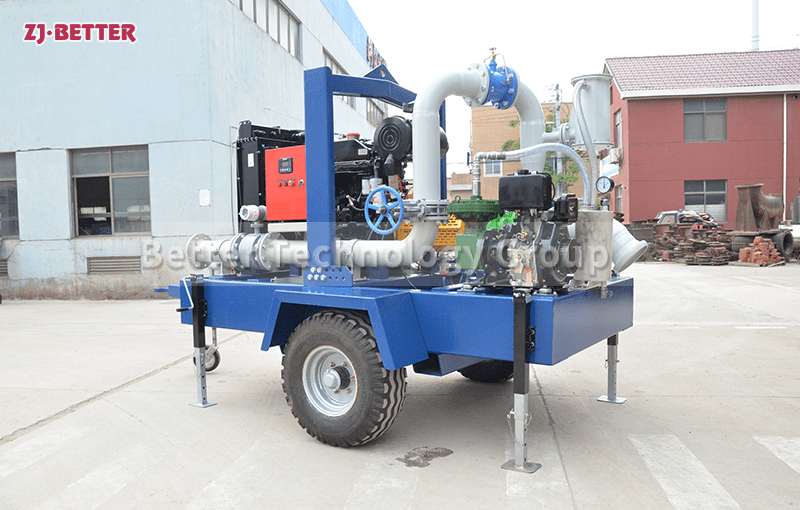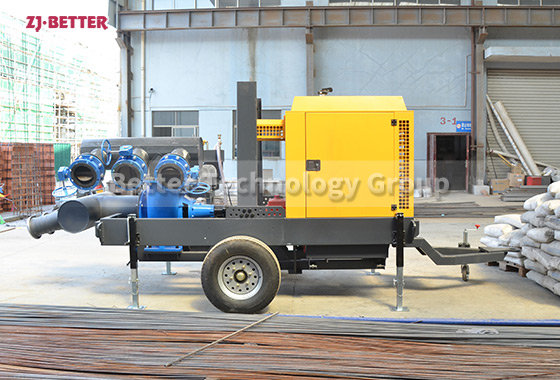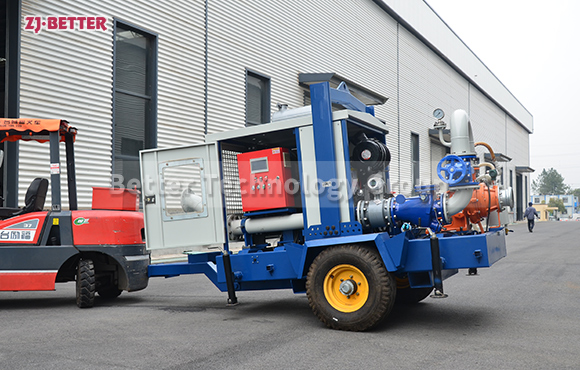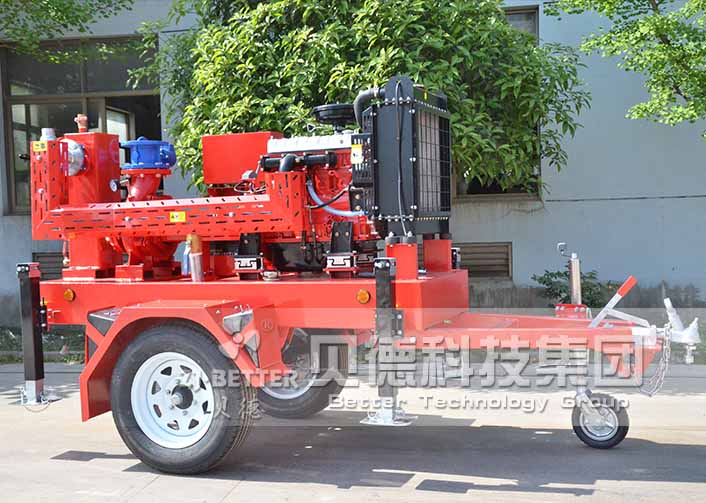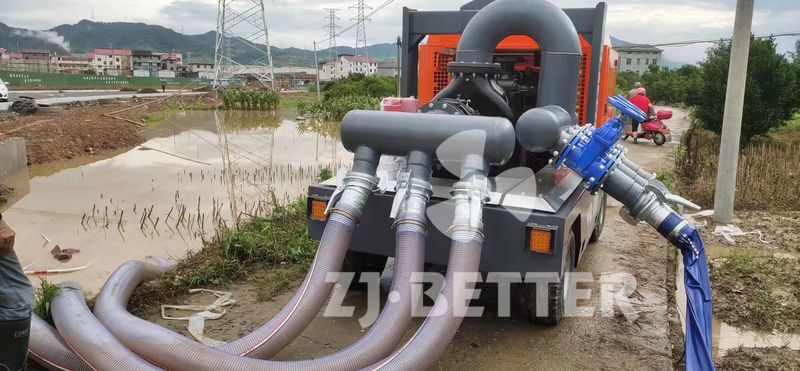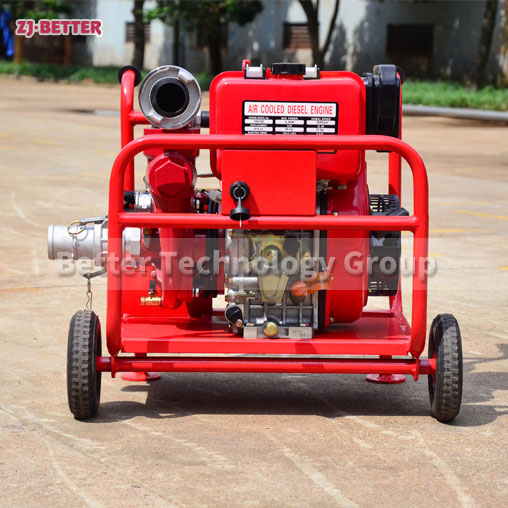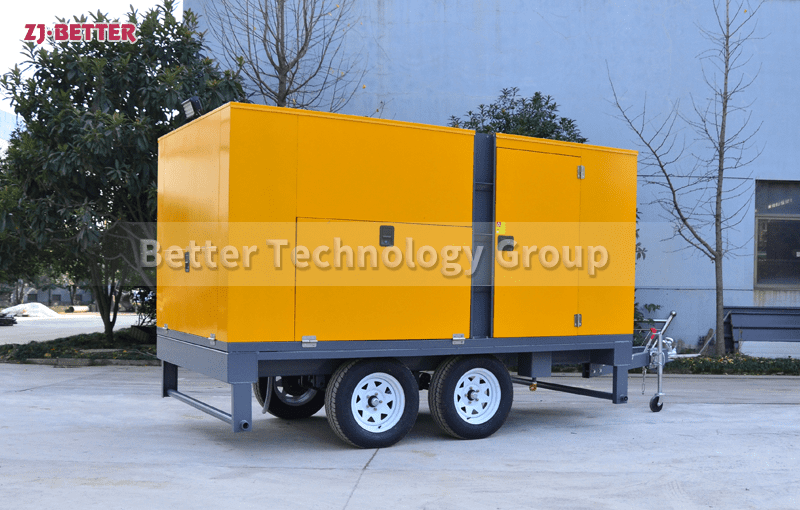How is the pump truck powered?
Flood control pump trucks are typically powered by internal combustion engines, which provide the necessary mechanical energy to drive the pump and other hydraulic components. Here are the key points regarding the power source of pump trucks:
Flood control pump trucks are typically powered by internal combustion engines, which provide the necessary mechanical energy to drive the pump and other hydraulic components. Here are the key points regarding the power source of pump trucks:
1. **Internal Combustion Engines:**
– Most flood control pump trucks are equipped with gasoline or diesel engines. These engines are chosen for their reliability, durability, and ability to provide the high power output required for pumping large volumes of water.
2. **Diesel Engines:**
– Diesel engines are commonly used in pump trucks due to their fuel efficiency and torque characteristics. They are well-suited for heavy-duty applications and are known for their robust performance.
3. **Gasoline Engines:**
– Some smaller or portable pump trucks may be powered by gasoline engines. Gasoline engines are often chosen for their ease of use, lower emissions, and suitability for applications where diesel may not be as practical.
4. **Hydraulic System:**
– The internal combustion engine powers a hydraulic system that drives the pump mechanism. The hydraulic system is responsible for converting the rotational energy from the engine into the linear motion needed to operate the pump.
5. **Transmission Systems:**
– Pump trucks may also include transmission systems that allow operators to control the speed and direction of the vehicle. This is particularly important for positioning the truck in the optimal location for water intake and discharge.
6. **Generator Sets:**
– In some cases, pump trucks may feature generator sets to provide electrical power for lighting or auxiliary equipment. This can be useful during nighttime operations or in situations where additional power sources are needed.
7. **Alternative Power Sources:**
– While internal combustion engines are the most common power source, there is a growing interest in alternative power options, such as electric or hybrid systems. Electric pump trucks may be powered by batteries or a combination of batteries and a generator.
The choice of power source depends on factors such as the intended use, fuel availability, environmental considerations, and the specific requirements of the pump truck application. Diesel-powered pump trucks are prevalent in heavy-duty and emergency response situations, where their high torque and reliability are crucial. Gasoline-powered or electric pump trucks may be suitable for smaller-scale applications or areas with specific emissions regulations.

